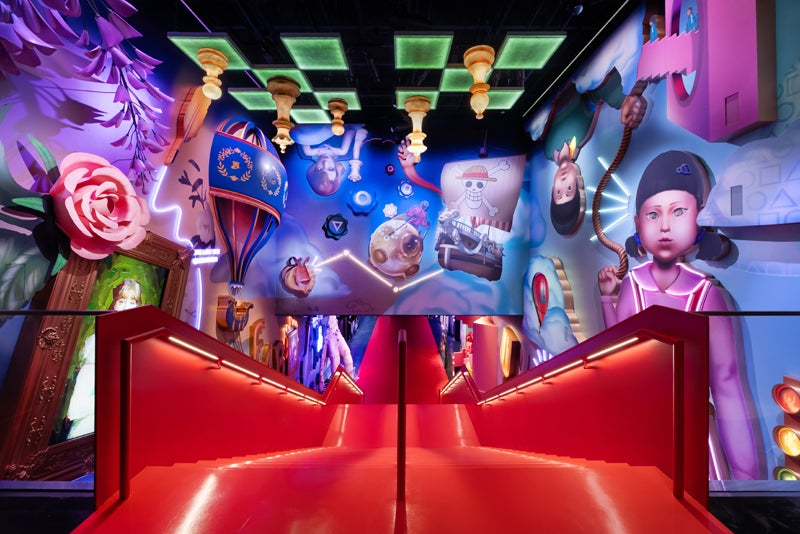 In the same way that vinyl records are being embraced by under 25 year olds direct mail is being reinvented by marketers who are using it as a vital part of their multichannel marketing strategies.
In the same way that vinyl records are being embraced by under 25 year olds direct mail is being reinvented by marketers who are using it as a vital part of their multichannel marketing strategies.
Here’s three tips marketers can use to ensure that their direct mail campaigns trigger a response and persuade people to buy.
The big tease
Before someone rips open a piece of direct mail, you must incentivize them to pick it up in the first place—so looking at the design and layout of your envelope is a good place to start.
Imagine a promotional offer which is just about visible through the envelope window, but not fully revealed. This works especially well when recipients get a sneak peek of a tailored offer that appears personalized and “just for you.” Julian, your special offer is just moments away… Curiosity gets the better of us—we simply must know what’s inside and open the letter to access the promotion. We can’t help but want to find out more.
Marketers can also be more inventive through gamifying envelopes—for example designing an envelope that appears as though it’s already been ripped open. The recipient does a double take and picks up the envelope before realizing it’s a clever piece of design and the contents are still intact. This element of gamification can also extend to experimenting with envelope shapes to make the mailing stand out.
You May Also Enjoy:
Get the message
Unlike a social feed, direct mail is a medium that can capture attention for more than a split second. You must pick it up, hold it in your hands, inspect it, turn it over and open it. Unlike a smartphone screen, it also gives marketers a bigger canvas to work with—but that also means that there’s more to absorb.
Getting the reader to understand the takeaway message in under three seconds is crucial. Marketers need to decide where on the page they want to draw attention and know how to do that quickly. Clear signposting can have a massive effect on response. The standard font size for most direct mail pieces is 11pt so using a larger font automatically makes people look twice.
Typeface can also evoke a reaction. Footwear company AllBirds is just one online brand utilizing direct mail to engage customers via a handwritten typeface, making it feel friendly and personalized.
Finally, “angling” is another technique that places images or graphics on either side of the page in a diagonal pattern, encouraging readers to ping pong from one side to the other until they reach the bottom of the page and the all-important call to action.
Understanding behavioral science across design and the written word
How a piece of direct mail looks and feels is crucial in getting recipients to open. But once readers are holding it in front of them, you’ve got to give them something good. Marketers simply cannot underestimate the power of good copy to create a narrative.
There is a behavioral science to storytelling that steers the reader away from making them feel as though they are being sold to.
Copywriter Martin Conroy’s direct mail letter “two young men” compares the success of two college graduates. Both follow very similar life paths, yet one is more successful than the other—the implication being that it is because he reads the Wall Street Journal.
Used over the course of three decades, the letter was credited for selling $1 billion worth of Wall Street Journal subscriptions. Why was it so successful? Because Conroy managed to pull the reader into the scenario and allow them to picture themselves there. Crucially, the reader was given a protagonist who they could identify with—everyone wanted to be the successful man in the story.
Direct mail never went away but there was a period when marketers may have abandoned it temporarily in favor of digital. Thankfully, we’re now seeing it being embraced as part of multichannel campaigns that leverage the psychology of marketing and behavioral science to connect with today’s ever smarter consumer.
Julian Gratton is group creative director at APS Group



